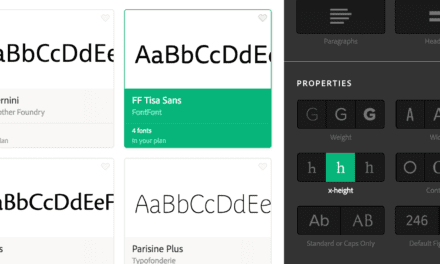ARTICLE SUMMARY: Designers are always looking for inspiration, whether it’s a museum, magazine, or walking down the street, we are always looking. In our search what really tops our list for inspiration is a well designed website that provides a flawless user experience.
What we should also be doing is checking out bad design. Examining bad design is a valuable practice for designers because it highlights potential pitfalls, sharpens critical thinking, and helps you make better design decisions.
“What we can learn from the 7 worst design examples ever” looks at why there is a lot to learn from good design, but bad design can teach you more than you think. In this article Ben looks at
- The negativity bias
- Deceptive patterns
- What to do
Bad design serves as a cautionary tale. By identifying what went wrong, designers can learn to avoid similar mistakes in their own work. It’s an opportunity to practice identifying user pain points and brainstorming better alternatives.
Looking at multiple examples of bad design can reveal recurring issues like poor navigation, lack of accessibility, or inconsistency. Recognizing these trends helps designers proactively address common challenges. Seeing what doesn’t work can inspire designers to take creative risks in their own projects, experimenting with unconventional ideas while staying grounded in user needs
As the author Ben says, “By learning from these funny and worst designs in this article, we can understand how to create user experiences that not only avoid frustration but also actively delight and engage.
This is a very informative article well worth reading, let us know what you think in the comments.




